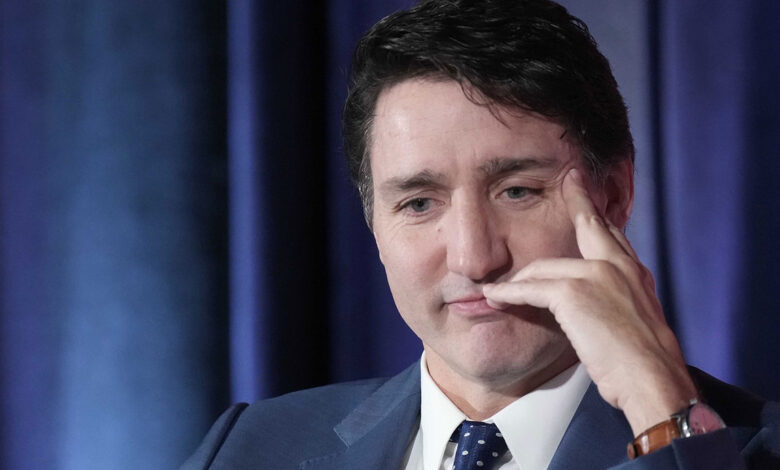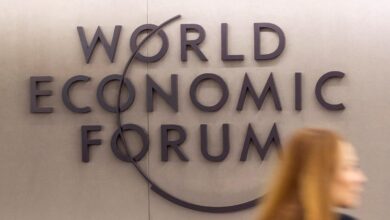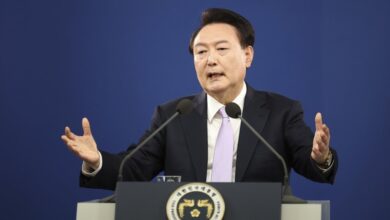
Following Justin Trudeau’s announcement to step down as Prime Minister of Canada and leader of the Liberal Party, the nation stands at a political crossroads. Trudeau, who has been a defining figure in Canadian politics since his election in 2015, will remain in office until his party selects a new leader, initiating a period of transition that will shape Canada’s future.
Leadership Race:
The immediate focus will be on the Liberal Party’s leadership contest. This process involves party members across Canada voting for their new leader, a task that can take several months. Potential contenders include notable figures like Dominic Leblanc, who has been serving as Finance Minister, Chrystia Freeland, a former Deputy Prime Minister with significant international experience, and Mark Carney, once the Governor of the Bank of Canada. The outcome of this race will not only determine the next Prime Minister but also steer the party’s strategy and policy direction.
Political Strategy and Election Preparation:
With the next federal election required by late October 2025, the Liberals are under pressure to regroup and strategize. Trudeau’s resignation comes at a time when polls suggest a strong lead for the Conservative Party led by Pierre Poilievre. The new leader will need to address key issues like housing affordability, inflation, and the economic relationship with the United States, especially with President-elect Donald Trump’s threats of tariffs looming. The Liberal Party’s ability to reconnect with voters, particularly those disillusioned by recent economic and social policies, will be crucial.
Impact on Parliament:
Trudeau’s request for parliament to be prorogued until March 24 provides a strategic pause. This period will be used for the leadership contest but also halts legislative activities, potentially impacting ongoing government projects and policies. The interim period might see temporary measures to keep government functions running, but significant legislative advancements will likely wait for the new leadership.
Public and International Perception:
Internationally, Canada’s political stability and predictability are in question, which could affect trade negotiations, climate commitments, and diplomatic relations. Domestically, public reaction varies; while some celebrate this change, others are concerned about the direction Canada will take. The leadership transition could either rejuvenate the Liberal Party or lead to a voter shift towards other parties.
Economic and Social Policy Direction:
The new leader will face the challenge of setting a new course for economic policy amidst global economic uncertainties and domestic issues like healthcare and housing crises. Social policies, particularly those concerning immigration, Indigenous reconciliation, and environmental commitments, will also be under scrutiny, with expectations for fresh approaches or continuations of Trudeau’s legacy.
As Canada navigates this significant political transition, all eyes will be on how the Liberal Party manages this leadership change and its implications for the country’s political, economic, and social landscape in the lead-up to the next election.




